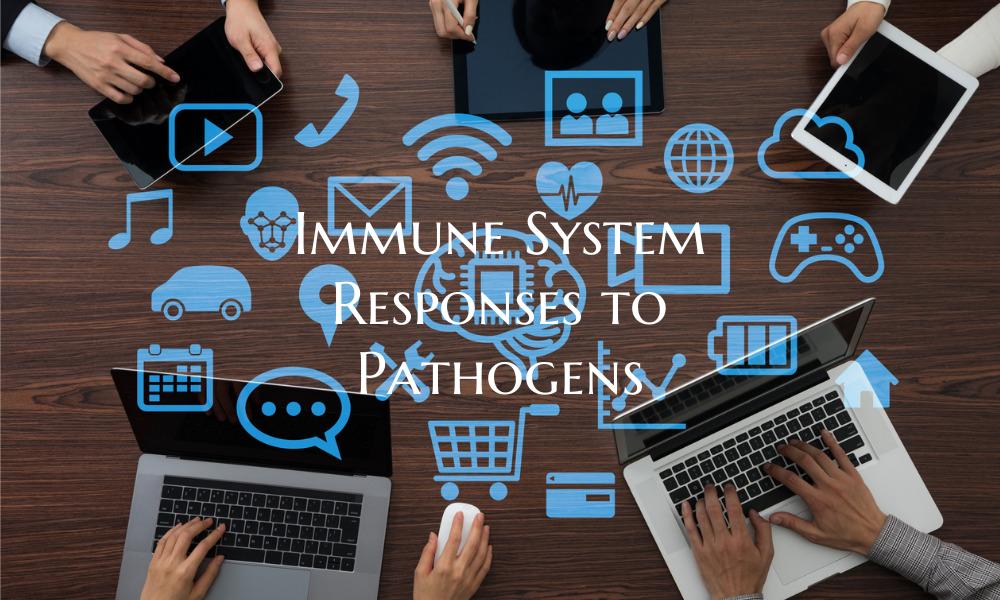Immune System Responses to Pathogens
The immune system is a complex network in the human body that plays a critical role in defending against pathogens, such as bacteria, viruses, and other harmful microorganisms. When a pathogen enters the body, the immune system recognizes it as foreign and triggers a series of responses to eliminate the threat and protect the body from infection.
One of the first lines of defense is the innate immune system, which includes physical barriers like the skin and mucous membranes, as well as immune cells like macrophages and neutrophils. These cells engulf and neutralize pathogens through a process called phagocytosis. In addition, the innate immune system releases inflammatory mediators to recruit more immune cells to the site of infection.
Following the innate immune response, the adaptive immune system comes into action. This system is highly specific and can recognize and remember specific pathogens. T cells and B cells are key players in the adaptive immune response. T cells can directly kill infected cells, while B cells produce antibodies that bind to pathogens and mark them for destruction by other immune cells.
When the adaptive immune response is successful, the body clears the pathogen and develops immunological memory. This memory allows the immune system to mount a faster and more effective response upon re-exposure to the same pathogen, leading to immunity.
However, sometimes the immune system can overreact, leading to conditions like allergies, autoimmune diseases, or inflammation. It is essential to maintain a balanced immune response to prevent these conditions.
Overall, the immune system's responses to pathogens are vital for protecting the body from infections and maintaining overall health. Through a coordinated effort between the innate and adaptive immune systems, the body can effectively recognize, target, and eliminate pathogens to keep us healthy and protected.

